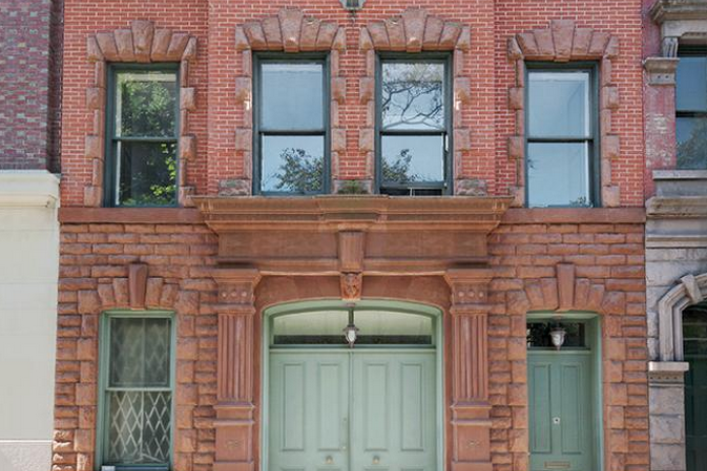How is a carriage house different from a regular townhouse?

Sometimes, it seems like there are as many real estate jargon terms out there as there are actual apartments. In our new feature, Bricktionary, we decode them, one buzzword at a time.
Carriage house: You've seen the phrase in real estate ads, and it sounds all-too-appealing, conjuring up a New York from long ago that today connotes a certain charm. But what is it exactly?
"A 'carriage house' is a building that was originally built as a private stable for a rich person," says Douglas Elliman George W. van der Ploeg, who notes that the terminology has shifted over the years as the buildings have been converted into residential homes. "Carriage house is probably not what they called it 100 years ago when they were first built, but it sounds much more romantic than living in a stable."
Given their original purpose, the construction of carriage houses is different from that of your typical brownstone or townhouse. "Normally, there's one tall, center archway, where horses carriages would have come in and out," with smaller doors on either side, explains Corcoran's Tom Wexler. (Depending on what renovations have been done, he notes, the large archways are sometimes used as garage entrances now, or sealed off entirely.) The ground floor of a carriage house usually has high ceilings (around 20 feet, says van der Ploeg), with lower ceilings on the upper floors, where the groomsmen or other staff might have slept. As such, these buildings hold a similar appeal as lofts, says van der Ploeg, providing "large open spaces" where owners can get creative with the architecture and decor.
A few other structural quirks: Carriage houses rarely have basements, are often lacking windows on the side or in the back of the building, and generally were built to take up the full width of the lots they're on—usually 25 feet. While these structures are few and far between, you'll find clusters of them on the Upper East Side near Third avenue, particularly on 69th and 73rd Street, as that stretch of the neighborhood was once home to elevated train tracks—and the area where wealthy Park Avenue residents relegated their stables, says van der Ploeg. (Take a quick scan of options on StreetEasy, and you'll also find a relatively high concentration of them in certain Brooklyn neighborhoods like Cobble Hill.)
Wexler also notes that the city's rare remaining "mews"—Washington Mews being the most well-known example—are courtyards consisting of small carriage houses.
Price-wise, however, they're not so different from the rest of the city's standalone houses. "They tend to trade for pretty much the same price per square foot as regular rowhouses," says van der Ploeg.
Related:
I love my carriage house rental behind a building. Can we buy it on its own, and how?
9 of our favorite historic NYC streets worth exploring
Go behind the exclusive gates of the Dakota, the city's first luxury apartment building


























